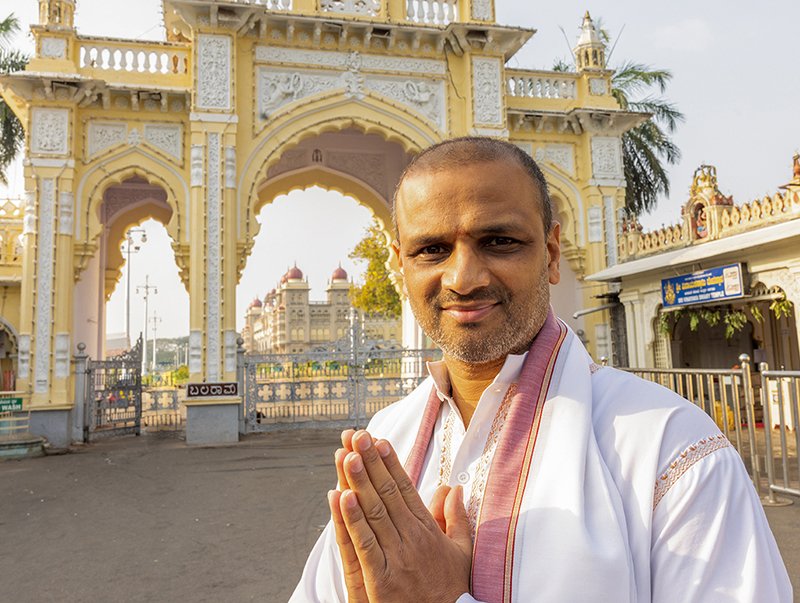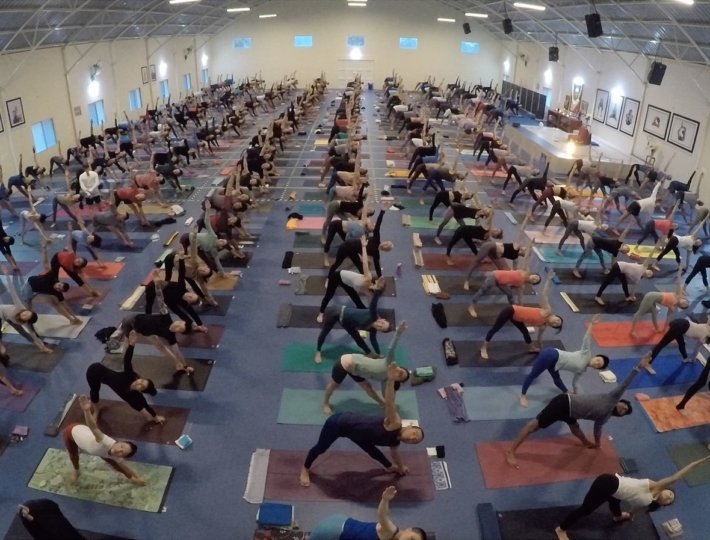“Between stimulus and response, there is a space. In that space is our power to choose our response. In our response, lies our growth and our freedom.” –Dr. Viktor Frankl
In the famous quote above, Frankl, a physician and holocaust survivor, presents a radical idea about personal growth and fulfillment. He seems to say that, if we could simply pause for long enough to access our uniquely human ability to evaluate the wisest response, we can break free from suffering and tap our higher potential.
Frankl not only survived time in three different Nazi death camps, he also helped his fellow prisoners. As he describes in the international bestseller, Man’s Search for Meaning, Frankl also noticed that, among his fellow prisoners, those with a sense of greater meaning or purpose (such as the desire to live to share their story and prevent another genocide) were most likely to survive. After his release, Frankl took the lessons from his experience and created an entirely new school of psychology based on finding meaning in life, which is still in use today.
The Chinese character for crisis contains the sub-characters danger and opportunity. Within every crisis, there is the possibility of falling into the danger, or the potential to find or create an opportunity. Frankl exemplified this possibility: He transformed his greatest crisis—something far more trying than what most of us can imagine—into an opportunity to serve and his life’s legacy.
What if we could all learn to pause for long enough to get into the gap between stimulus and response and choose a response that makes the highest possible use of a situation?
Getting in the gap may sound like a fantastic idea, but it can seem exceedingly difficult to do in trying times. In moments of stress the region of our brain that triggers the fight or flight response, the amygdala, shuts down the pre-frontal cortex, the brain region responsible for clear thinking and rational decision-making. When we’re hot headed or afraid, we literally can’t think straight.
Have you ever said something you regretted when upset? Or acted in a hot flash of rage? Or, maybe you’ve gotten up to give a public speech, and suddenly your mind goes blank? That’s the fight or flight response in action. What if, like Frankl, we learned to slow down time for at least long enough to gain access to this gap between stimulus and response?
Here are three very simple techniques we can apply to put on the brakes and increase the space between stimulus and response:
- STOP is an acronym designed to help us get in the gap. It stands for:
- Literally pause before saying or doing anything.
- Take one to three deep breaths, and really feel the sensations of each breath. (Deep breathing, especially with a slow exhale, helps send signals of relaxation to your brain).
- Observe the entire situation, both internal and external. Take stock of the sensations in your body, your emotional state, the circumstances/dynamic of this situation/interaction.
- Proceed in a way that supports you and your highest intentions for this situation. If you’re unclear about the best next step, it can help to return to your intention for your relationship with this person, or simply who you want to be. Then, from this place of highest intentions, choose your next move.
Making the simple choice to STOP can create a literal gap between stimulus and response and enable us to calm down enough to make choices that align with our highest intentions.
- RAIN is another acronym that can help us deal with difficult emotions.
- Recognize the emotion you’re feeling
- Accept the emotion or emotions, without judgment. Often we make things worse by beating ourselves up when we feel angry, sad, or jealous. This only creates additional suffering. In Buddhism, this is often referred to as the second arrow—we’ve already been shot with a difficult emotion; why make the situation worse?
- While we can’t necessarily change the emotion we’re feeling in this moment, we can prevent unnecessary pain by not berating ourselves for how we feel. We can avoid launching the second, third, or thousandth arrow. Accepting our emotions as they are is the first step in this process.
- Emotions can feel extremely solid. However, in reality, they’re quite dynamic, frequently shifting in intensity, location in our body, etc. As you move to the “I” in RAIN, please take a moment to investigate how the emotion feels in your body. What physical sensations do you notice? What’s the story you’re telling yourself? Is the emotion static and heavy, or is it fiery and dynamic. Is it monolithic—do you feel only anger—or are there shades of disappointment, embarrassment, or resentment? According to the work of Daniel Siegel, M.D., clinical professor of psychiatry at the UCLA School of Medicine and the founder and co-director of the Mindful Awareness Research Institute, just naming an emotion can help to tame it by engaging the brain’s logical, linear left hemisphere.
- Non-identification. One of the best things we can do is to recognize we are not our emotions. The fact I feel anger in this moment does not make me an angry or bad person. Non-identification can be helped by changing our language. In English, we talk about emotions using phrase “I am …” such as, “I am angry,” or “I am scared.” However, in many romance languages, people say “tengo miedo” or “I have fear” rather than “I am scared.” This helps the person speaking separate his identity from the emotion he is feeling. Although we may not speak French or Spanish, we can change the terms we use, shifting from “I am angry” to “I feel anger arising.” This simple shift can help us get unhooked/disentangled from gnarly emotions.
- Hold your difficult emotions like a crying baby. Zen master Thich Nhat Hanh often encourages his students to hold anger and other difficult emotions like they would a crying baby. When a baby cries, we don’t generally get angry with it or make it wrong for feeling upset. Rather, we hold the infant tenderly in our arms, do our best to soothe its distress, and ask, “What do you need?” Unfortunately, when we’re upset, we often make ourselves wrong for feeling a certain way. Instead, Thay (as he’s known by his students) encourages us to hold our emotions with tenderness and care and ask the simple question: What do you need? As we soothe this fiery emotion and care for its underlying need, we often find ourselves freed from the emotion’s grasp.
- Get in touch with your sole(s). This final strategy is the simplest: Any time you feel overwhelmed by a “negative” emotion, merely take a few moments to feel the sensations of the soles of your feet as they press into the floor below you. This can help ground you in the present moment (by definition, physical generally happen in the present moment.) A research study looking at kids with autism and emotional difficulties found that this simple technique helped them regular emotions.









Comments (0)